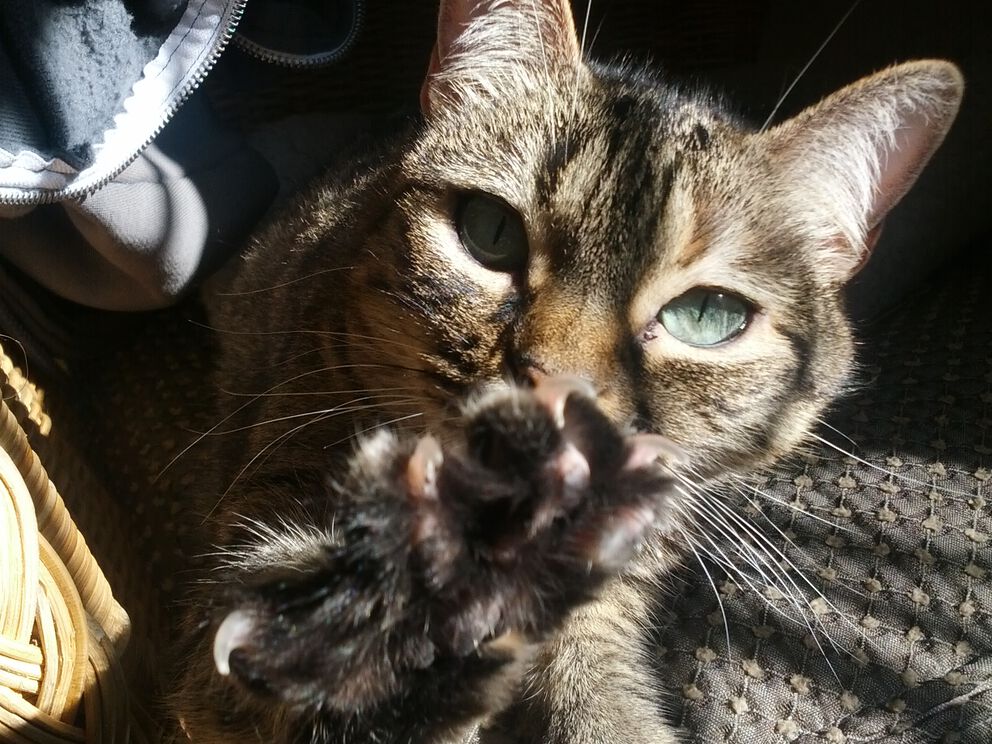Posted by Allison in February 2021
Maybe five-year plans need to become something different.
The concept of a five-year plan was first used by the USSR in 1928 with the goal of economic development in light of changing technology.
The Soviet Union continued making five-year plans until it dissolved. From the beginning of the century until 1991, technology’s rate of change dramatically increased. Though rhetorical, it’s still interesting to ponder the question, “Should the Soviet Union have shortened the time duration of their plans as technological change sped up?”
A plan’s usefulness depends on predictability. If you combine an inflated level of assumed predictability with a stringent period of time before reevaluating the plan, you’re certainly going to have a bad time.
In business nowadays, it’s common to rework a five-year plan every year. This does prevent getting stuck in execution of a plan well past the point of obvious absurdity. However, it doesn’t change the fact that making a plan further into the future than could be meaningfully predicted causes its own problems.
The problems with over-planning go even deeper when organizations get bigger. In general, the bigger the organization, the harder it is to change course. Planning too far in the future can stifle an organization’s ability to fleet-footedly adapt, especially as an organization’s bureaucracy inevitably increases.
Maybe five-year plans need to become something different. If a plan’s purpose was instead to help an organization navigate a constantly shifting landscape, that plan’s more likely to survive the unpredictable. A process-based and culture-based five-year plan may be able to help an organization learn to deal with increasing, inevitable change.
It’s time to be a cat rather than a plow horse.

